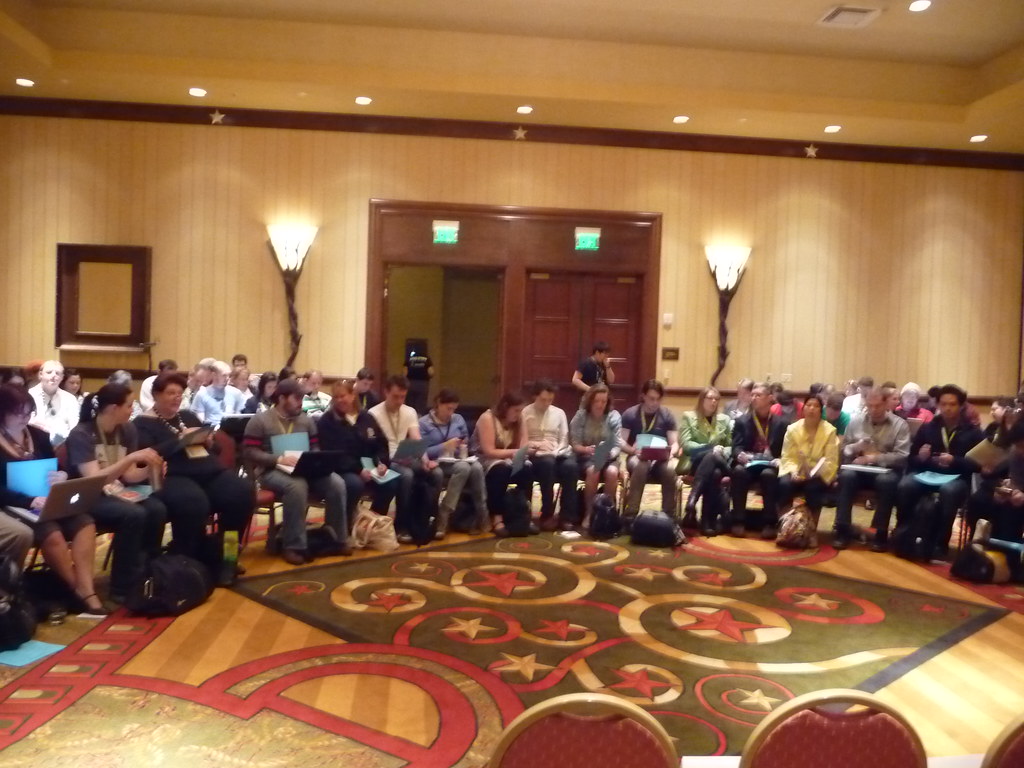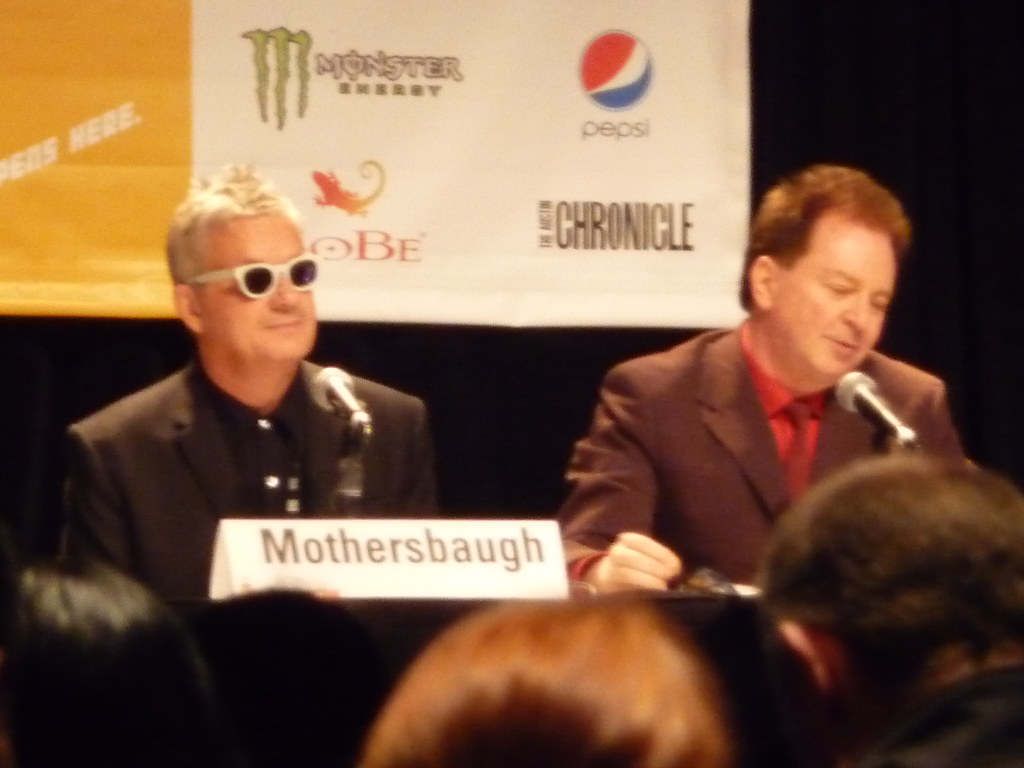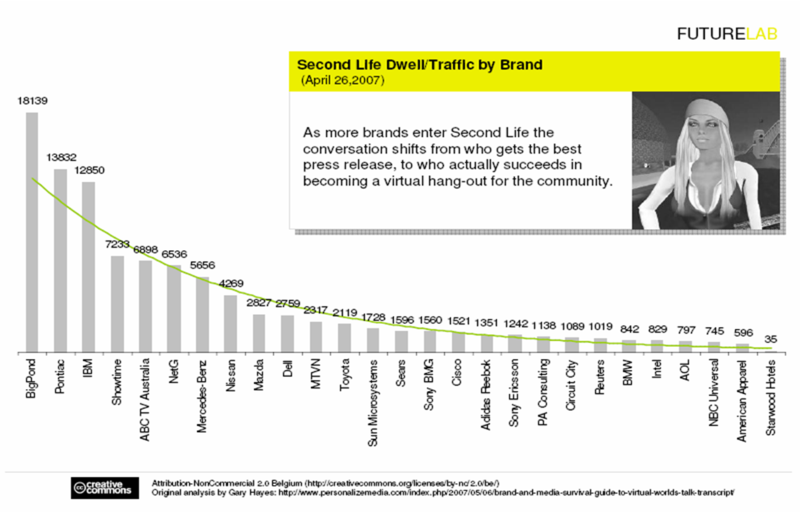How to interview and SXSWi highlights
Tuesday, March 23, 2010
Back from my first SXSWi. General impression: A lot of wonderful people there, but way too many people. It was hard to find even the people I already knew, let alone meet new ones, though I did manage both.
I led a core conversation about interviewing, meant to pool our collective wisdom about how to be a good interviewer. It got nice write ups here and here.

I made up an interviewing cheat sheet, which you are welcome to use, reuse, recirculate or ignore as you see fit. Download it as a PDF.
My two favorite panels were Ze Frank’s and Devo’s. I have long admired Ze Frank’s amazing experiments in audience participation, including When Office Supplies Attack and Angrigami, and I expected him to be hilarious, which he was. I was not expecting him to be so insightful and moving. He spoke about how much emotion is out there on the internet, and how much it blows him away when he sees how people take the fun little tools he’s created at his site, like this flower maker, and use them to display and share profound feelings with one another. He also talked about making The Show as an experiment in living at the edge of continuous anxiety about not having anything to present and the ongoing process of learning to have faith and patience in his own creativity.
Devo presented a panel called “Devo, The Internet, and You” which was simultaneously a discussion of how they are seeking audience participation in their next album and a wicked wicked send up of corporate speak approaches to treating online audiences as marketing data.

Here is a link to their (unembeddable?) powerpoint which is more than worth the 1:43 it takes to watch it. Judging from the comments on the YouTube site, its status as parody wasn’t apparent to all, but it was crystal clear if you were there. The highlight might have been the questions, when the audience slipped right into the same mode and asked lingo-laden queries that were as funny as the presentation (“I am really impressed at how you’ve managed to leverage synergies and I’m just wondering if there are any synergies you haven’t been able to leverage?” “Location seems to be increasingly important in this new millennium and I’m wondering if you are planning to offer location based services”). Mike Monello, of Campfire NYC, who’s a leader in transmedia storytelling (in addition to having been a maker of Blair Witch Project, he also does the transmedia for True Blood among other cutting edge projects) declared the panel “the definition of transmedia storytelling.” It was perfect.
I also enjoyed seeing Peter Sunde from Pirate Bay (and Flattr) skyped in from Sweden (“If I set foot in the United States I’d get sued so hard I’d never be able to leave”) who didn’t really say anything but was exceedingly funny and charming at it.

My biggest disappointments? Daniel Ek of Spotify offered no hope of a US launch anytime soon, and, yeah, that Twitter CEO keynote interview. Suffice to say the interviewer should have been at my session.
My biggest frustration? The panel on music curation. Anya Grundmann who’s in charge of NPRMusic.org was wonderful, but I was ultimately infuriated by music writer Chris Weingarten who at one point had the insight to say that “it’s not about finding a music blogger who has taste like you, it’s about finding a group of people who have similar taste” but ended up just whining that only the real (i.e. published in Rolling Stone like he is) music critics were capable of real critique and the rest were just wannabe fanboys driving the experts out of business. No sympathy here. And a total misunderstanding of the levels of in-depth critique fans practice every day.
p.s. best perks? Macallan’s ongoing free tastings of their 12 and 15 year scotches and free chair massage. I want that at all events I attend.




